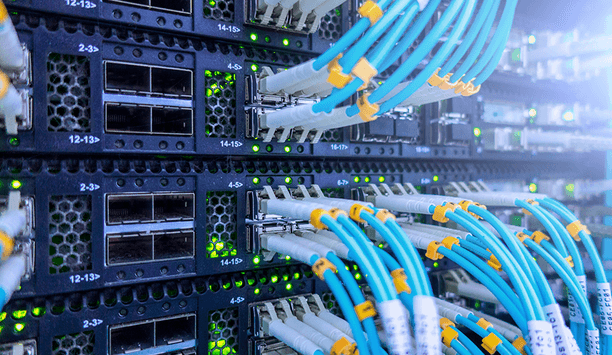Kevin Wine

Kevin Wine
Vice President - Business Unit Marketing, Verint SystemsKevin Wine is an innovative, passionate, accountable, and proven professional with extensive know how around strategy, planning, business development, marketing and sales leadership, and execution. He has expertise in go-to-market strategy, business development, demand gen, funnel automation, commercial marketing, product management, pricing and positioning.
Round table contributions
For many years, cybersecurity was the unmentioned elephant in the room. Possible vulnerability of IP-connected devices to a cyber-attack was seldom, if ever, mentioned, and even the most basic measure...
Hospitals and healthcare facilities are an important vertical sector in the physical security market. Protecting healthcare facilities is a rich opportunity to leverage the value of physical security...
Technology is changing at a break-neck pace, and the security marketplace is currently being bombarded by a wealth of new capabilities and innovations. But what will be the impact? Which of the curren...
As security industry buzzwords go, “convergence” is perhaps the best known and most pervasive. We have been hearing about convergence in our market for almost 20 years. We have heard it&rs...
The end of the year is a great time to reflect on what the security industry has accomplished and to look ahead. We invited our Expert Panel Roundtable to weigh in on what they expect looking forward...
A clear image is the desired end-result of video systems – or is it? In a growing number of applications, it’s not the image itself, but rather what information can be gained from the imag...
Software drives video solutions in the IP environment, but often that software is a pre-installed component of a purpose-built network video recorder (NVR). In other cases, software solutions are sold...
Here we are already at mid-year, and 2016 has been an eventful one for the security marketplace, dominated by mergers and acquisitions and lots of new products coming to the market. But what’s t...
Does seeing video cameras at a location make you feel safer or less safe? Do you feel better to know that video surveillance is capturing everything that happens, thus discouraging crime? Or do you th...
The security market in the United States has been in a collective state of exhilaration since ISC West. The (possibly) unprecedented success of the big trade show has left us all feeling optimistic ab...
A major benefit of technology innovation is more application opportunities. As video cameras become better and more versatile, new uses are emerging that extend the benefits of video surveillance, oft...
One of the benefits of newer IP systems is the ability to store video inside the camera or in a nearby digital video recorder (DVR) at the edge of the network. Edge-based storage is unlikely to take t...
Will 2016 see faster adoption of video analytics? Will cyber-security have more impact on physical security? Is the market likely to see greater use of cloud-based products and services? Will technolo...
The connected workplace, increase in “bring you own device” environments and even the rise in telecommuting have served to blur the lines between an employee’s private life and his e...
Articles by Kevin Wine
In the past year, we have continued to see that the global security market is both dynamic and evolving. The term “security” no longer means simply protecting the perimeter of a building;...
Web and social media platforms offer vast array of information for enhancing security, investigating breaches, and streamlining operations Over the course of the last decade, we&rsq...
The nature of risk has changed, and there is a blurring of lines between cyber, physical and online security. These changes are spurring organizational changes as well. Most recently, the unexpected a...
News mentions
We can now leverage technology to monitor activity across the public domain, searching Google, Facebook, and Twitter, for example, for specific keywords For more than a decade, Veri...
Part 10 of our Security in Healthcare series Ensuring the safety of patients, staff and visitors is no easy task Security integration is more than a buzzword in the h...
Aventura continues to expands expand its feature set of products beyond PSIM As the 61st annual ASIS 2015 kicked off in Anaheim, Calif., it became increasingly clear that physical s...























































